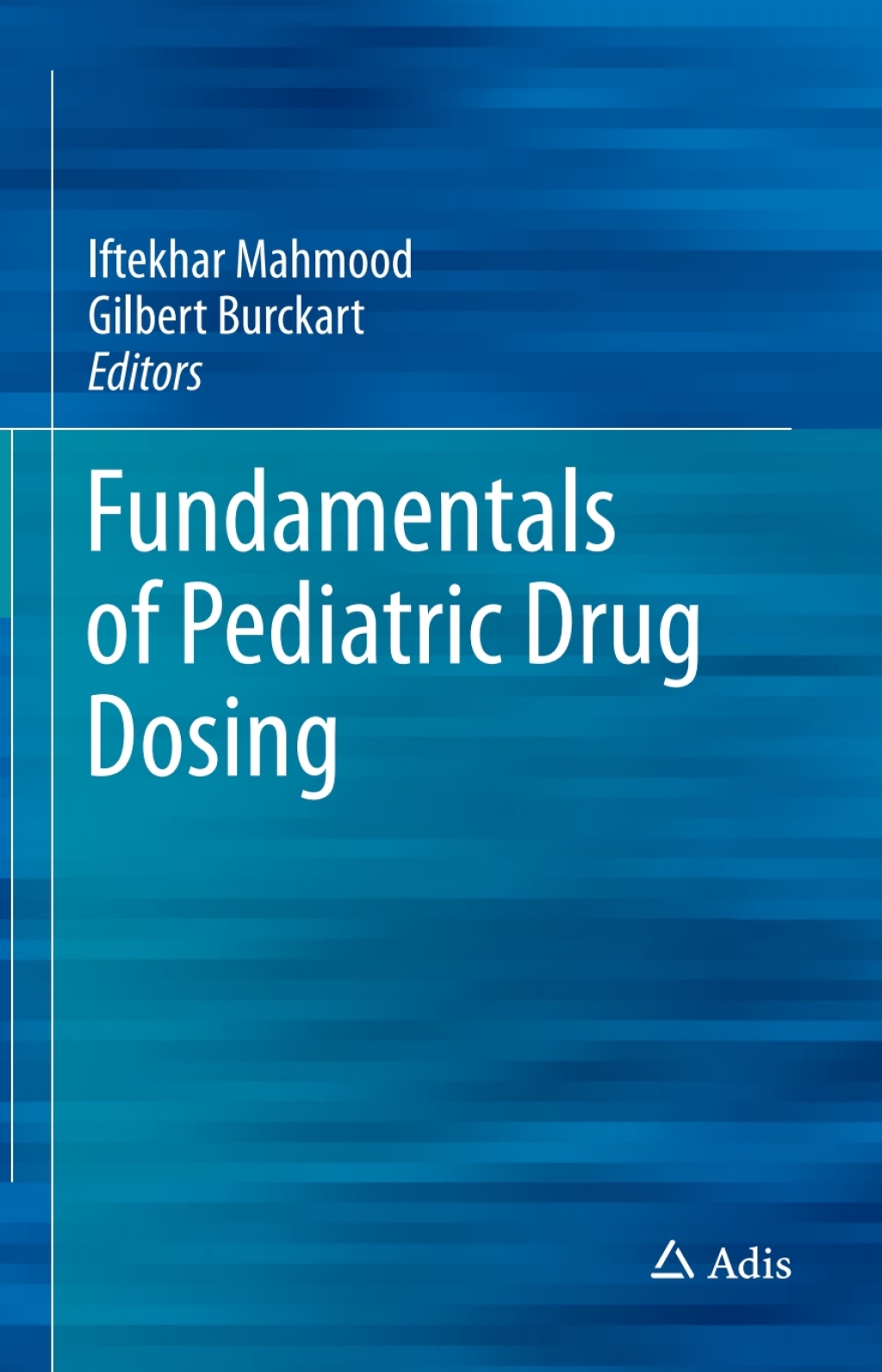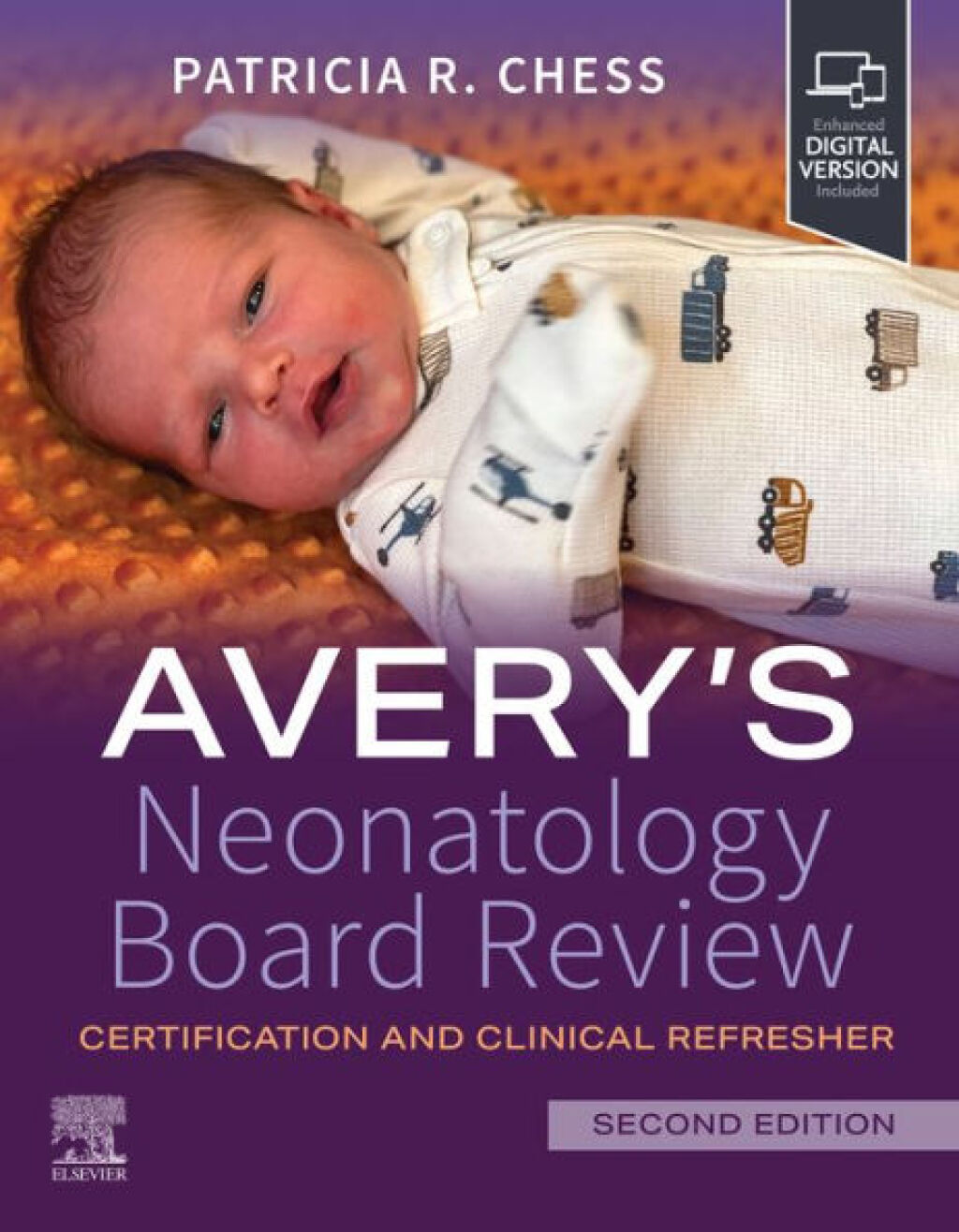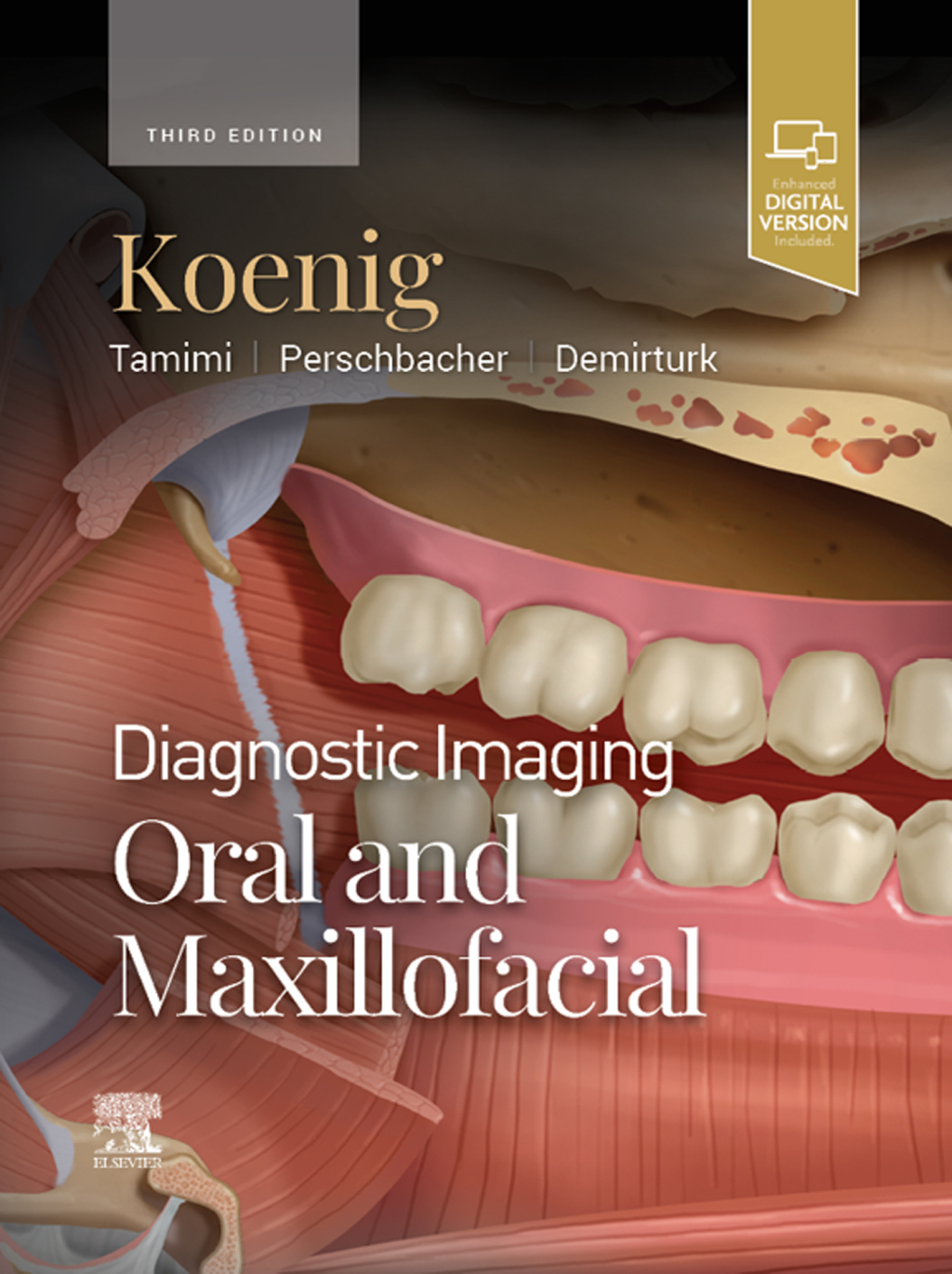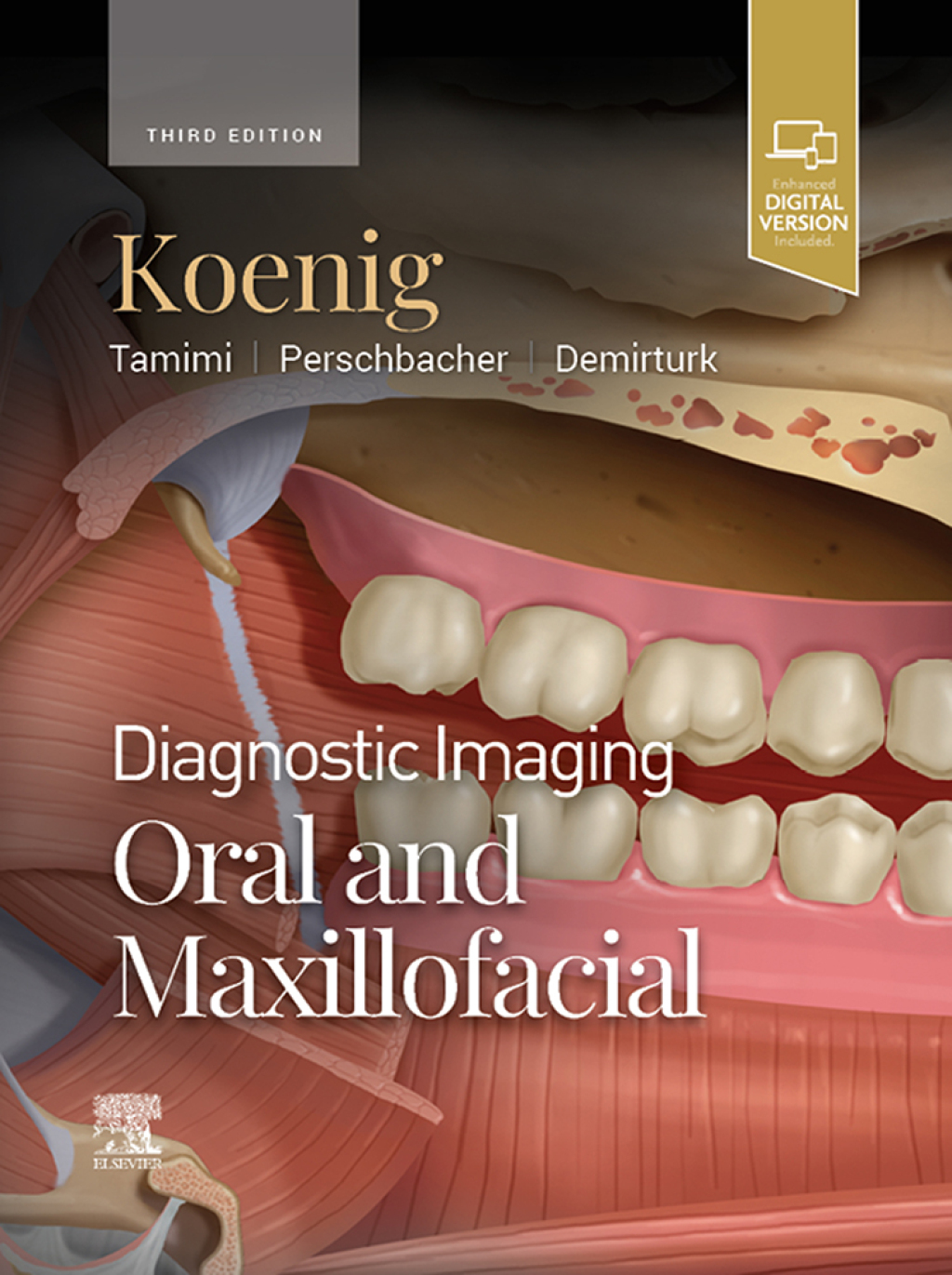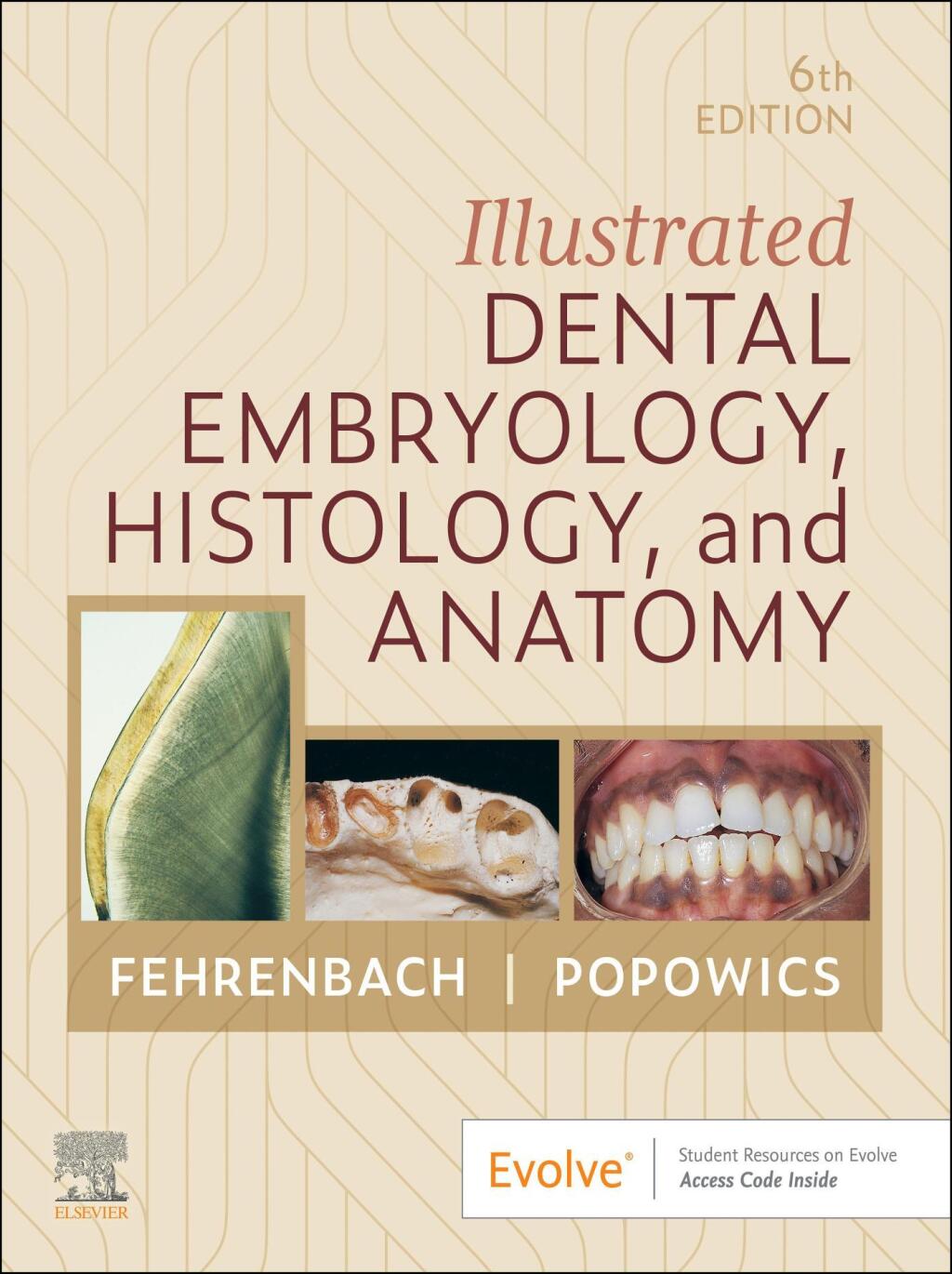This book describes the growing body of information on the epidemiology, clinical manifestations, transmission, pathogenesis, diagnosis, and treatment of Kingella kingae infections in young children. In addition, it covers experimental methods that have been developed to study the microbiology, genetics, and virulence factors of K. kingae, information that provides the foundation for new approaches to treatment and prevention of K. kingae disease. With this content in mind, excerpts from the book will be of relevance for clinicians who care for pediatric patients, for clinical microbiologists who are involved in detecting organisms in clinical specimens, and for scientists who are studying K. kingae in an effort to develop novel targets for antimicrobial therapy and new approaches to prevention. First isolated in the 1960s by Elizabeth O. King, a bacteriologist at the CDC, Kingella kingae was largely ignored over the next two decades as a human pathogen because of its uncommon recovery from patients with disease. However, in recent years K. kingae has been increasingly recognized as a clinically important pathogen in young children, and is currently recognized as the leading cause of osteoarticular infections in young children in a growing number of countries. Research into this organism has grown tremendously over the past 15 years, resulting in a better appreciation of the importance of K. kingae in pediatric patients and of the molecular mechanisms of disease.ÂÂ
“Volpe’s Neurology of the Newborn 7th Edition” has been added to your cart. View cart
Advances in Understanding Kingella kingae
Author(s):
Publisher: Springer
ISBN: 9783319437286
Edition:
$39,99
Delivery: This can be downloaded Immediately after purchasing.
Version: Only PDF Version.
Compatible Devices: Can be read on any device (Kindle, NOOK, Android/IOS devices, Windows, MAC)
Quality: High Quality. No missing contents. Printable
Recommended Software: Check here


